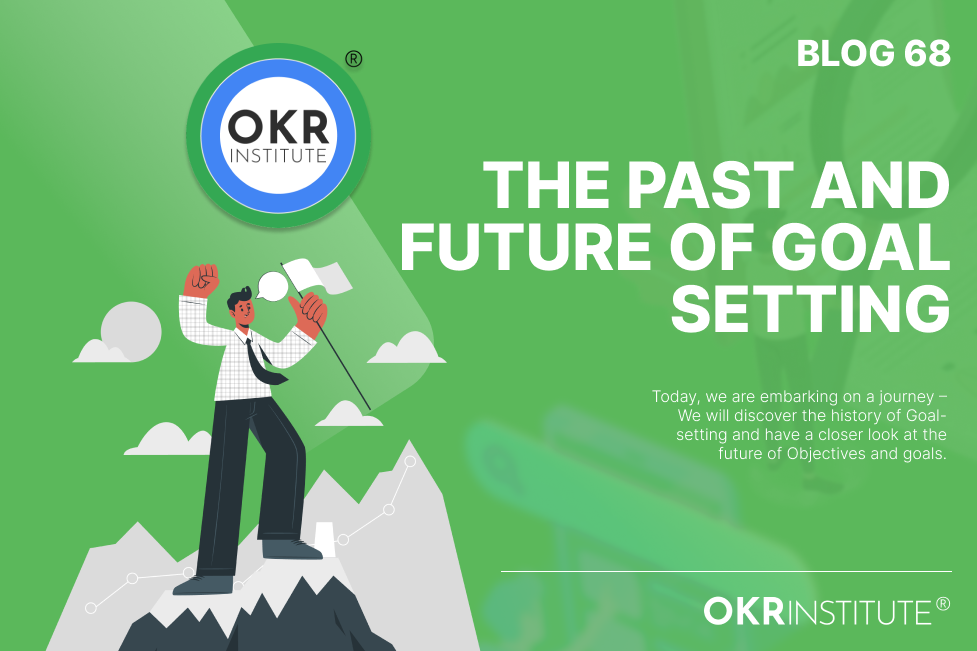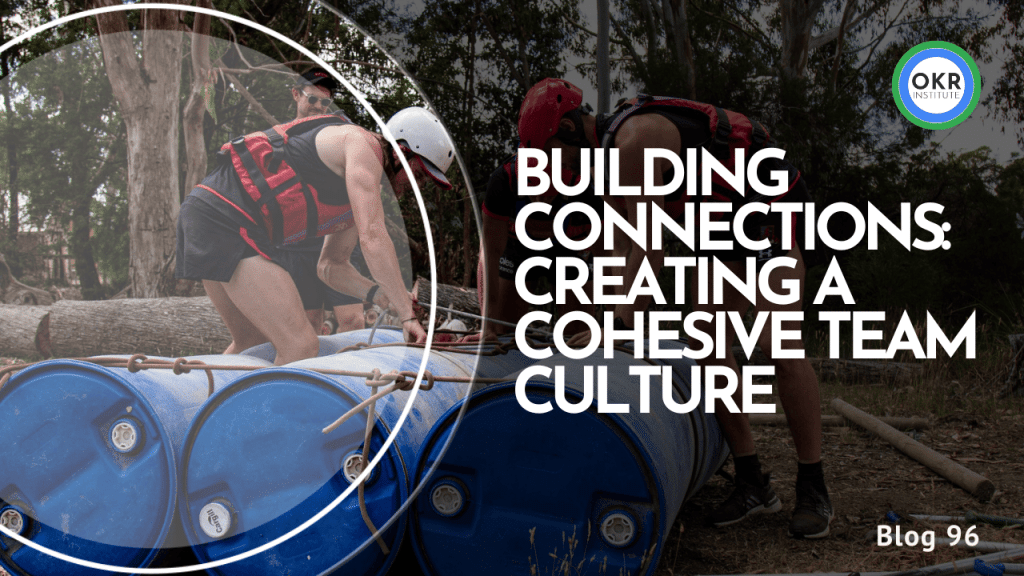The Past and Future of Goal Setting

Today, we are embarking on a journey – We will discover the history of Goal-setting and have a closer look at the future of Objectives and goals.
The Roots of Goal Setting
Goal setting has been around for centuries, deeply embedded in the fabric of human civilization. From ancient civilizations to modern times, humans have always been driven to achieve something meaningful. Early philosophers like Aristotle and Plato pondered the idea of goal-directed behavior, recognizing the importance of striving toward objectives.
However, it was in the 1960s that goal-setting theories gained significant traction. Pioneers like Edwin Locke and Gary Latham extensively researched the impact of setting specific and challenging goals on individual performance and motivation. This marked a paradigm shift in the way we approach goal setting.
Peter Drucker introduced Management by Objectives in the late sixties and had a strong focus on Objectives that reflected the company’s priorities. In the early eighties, we saw KPIs emerge, and a Balanced Scorecard was introduced in the early nineties.
SMART Goals: A Paradigm Shift
Fast-forward a few decades, and a new goal-setting method captured the attention of professionals worldwide. This method, known as SMART goals, is an acronym for Specific, Measurable, Attainable, Relevant, and Time-bound. The idea was simple yet powerful: individuals and organizations could increase their chances of success by setting goals that ticked these five boxes.
SMART goals provided a structured framework, bringing clarity and focus to the goal-setting process. They helped individuals define their objectives, measure progress, and stay motivated. This method became the gold standard for goal setting across various industries, with organizations embracing it as a cornerstone for performance management.
Yet, despite its widespread adoption and numerous benefits, SMART goals had their limitations. They fell short in providing a comprehensive approach to goal achievement, often needing more flexibility and adaptability to changing circumstances.
SMART Goals are not necessarily Outcome focused and are instead, generally speaking, output-focused. Outcomes explain the benefits and value added to stakeholders in achieving goals.
Outputs are activities but they are not necessarily prioritized nor aligned to outcomes.
The Rise of OKRs
Enter OKRs, a goal-setting methodology that emerged in the 1970s and gained significant popularity in the tech industry. Originating from Intel and later popularized by Google, OKRs took the traditional goal-setting landscape by storm. Andy Grove at Intel introduced OKRs as a method to outperform their competition, which was mainly Motorolla at that time.
OKRs frameworks is an Agile Goal-setting method, meaning that collaboration, a high degree of autonomy, and innovation, as well as customer-centricity is fostered.
OKRs stand for Objectives and Key Results. Objectives are ambitious, qualitative goals that set a direction and inspire individuals or teams to strive for greatness. Key Results, however, are specific, measurable outcomes that define success in achieving the objectives.
What makes OKRs truly revolutionary is their simplicity and flexibility. They offer a lightweight framework that can effortlessly cascade throughout an organization, aligning goals across multiple levels. Whether a multinational corporation or a small startup, OKRs can adapt to your specific needs, providing a framework that facilitates focus and flexibility.
The Advantages of OKRs
Now, let’s explore why OKRs are hailed as the future of goal setting. Here are some key advantages that make OKRs stand out:
Cascading Alignment
OKRs enable organizations to achieve alignment, ensuring that every individual and team is working towards a common objective. By creating a clear line of sight from top-level objectives down to departmental or individual goals, OKRs foster collaboration and synergy.
OKRs are also aligned with the company’s Vision, Purpose, and strategies. This intense focus on both outcomes and alignment brings a high degree of transparency to not only the company’s goals and objectives but also the company’s culture.
Focus and Clarity
Through OKRs we measure ‘what truly matters and ‘less is more’ considering objectives and Key results frameworks
OKRs bring sharp focus to what truly matters. By setting challenging objectives and defining key results, OKRs help prioritize efforts, tasks, and initiatives and eliminate distractions. With the clarity provided by OKRs, everyone knows what they need to accomplish and can channel their energy effectively, which increases job satisfaction and provides a sense of purpose.
We require a high degree of engagement from team members to achieve goals ultimately, and having more energized and purpose-driven team members ensures increased levels thereof.
Agility and Adaptability
OKRs is an Agile Goal setting framework that fosters co-creation, innovation, outcome-focused thinking, and iteration.
OKRs offer flexibility, allowing organizations and individuals to adapt their objectives and key results as circumstances change. OKRs recognize that goals should be a living, breathing entity, not set in stone once and for all.
We can iterate on key results and actions whenever applicable ensuring the refinement and improvement of our Objectives and key results frameworks
Continuous Feedback and Learning
Trough OKRS, we entertain very short feedback loops. Quick but powerful weekly check-ins ensure that we not only have our ‘finger on the pulse’ of goal setting but also provide an opportunity to capture the learnings gained from every conversation and transform it into our very own ‘OKR Playbook’
Embracing the Future: OKRs for Personal and Business Growth
But OKRs are not limited to businesses alone. They have the potential to transform personal development as well. Individuals who adopt OKRs gain a powerful tool to drive personal growth, enhance productivity, and achieve their wildest ambitions.
By setting personal OKRs, individuals can define aspirations, track progress, and ensure they are constantly moving forward in their personal lives. Whether learning a new skill, improving physical fitness, or achieving a lifelong dream, OKRs can provide the structure and motivation to turn dreams into reality.
Various OKR software tools available today have made managing and tracking goals more efficient than ever. These tools provide intuitive interfaces, progress tracking, and collaboration features that simplify the OKR process. Whether for personal use or within an organization, these tools amplify the power of OKRs.
In Conclusion
OKRs are the future of Goal setting as they complement existing Agile methodologies and is flexible enough to accommodate new ways of working.
Talent Development Director of the OKR Institute
Related Courses
Recent Posts
Tags
#OKR
#OKR Coaching
#OKR Coach







